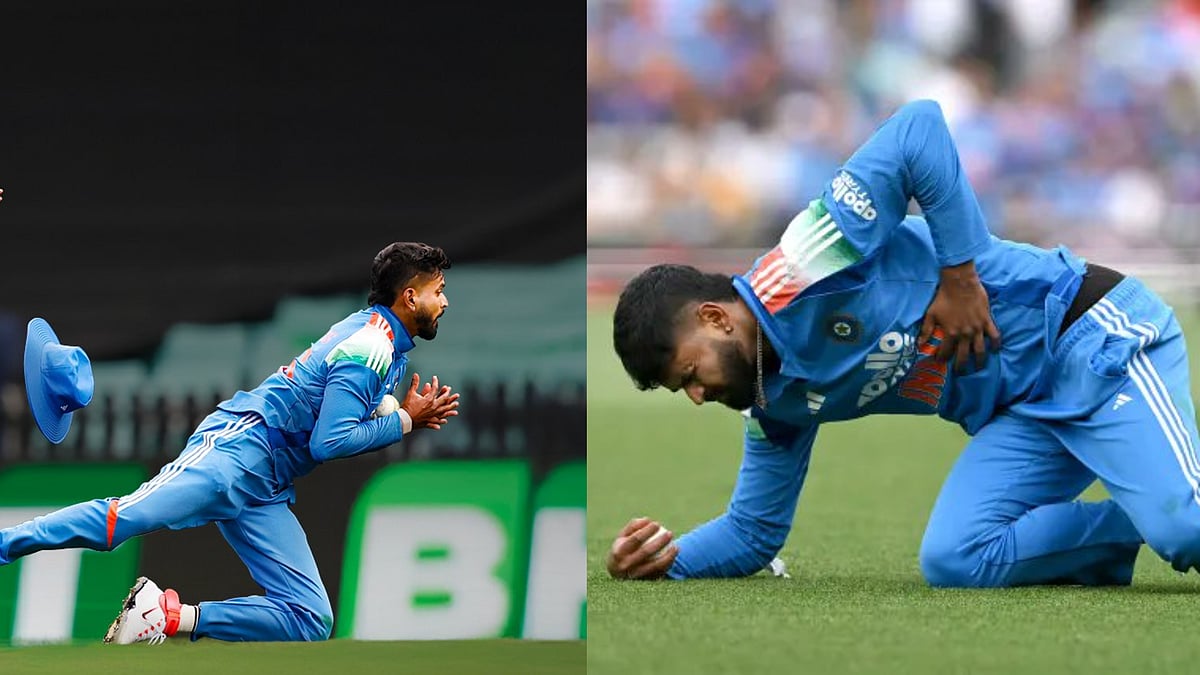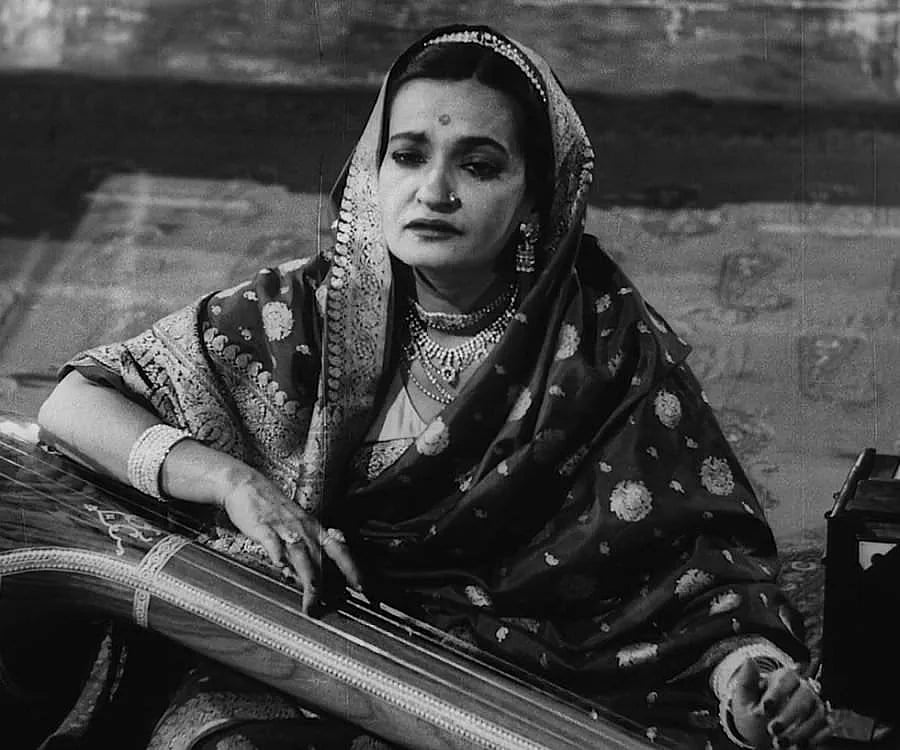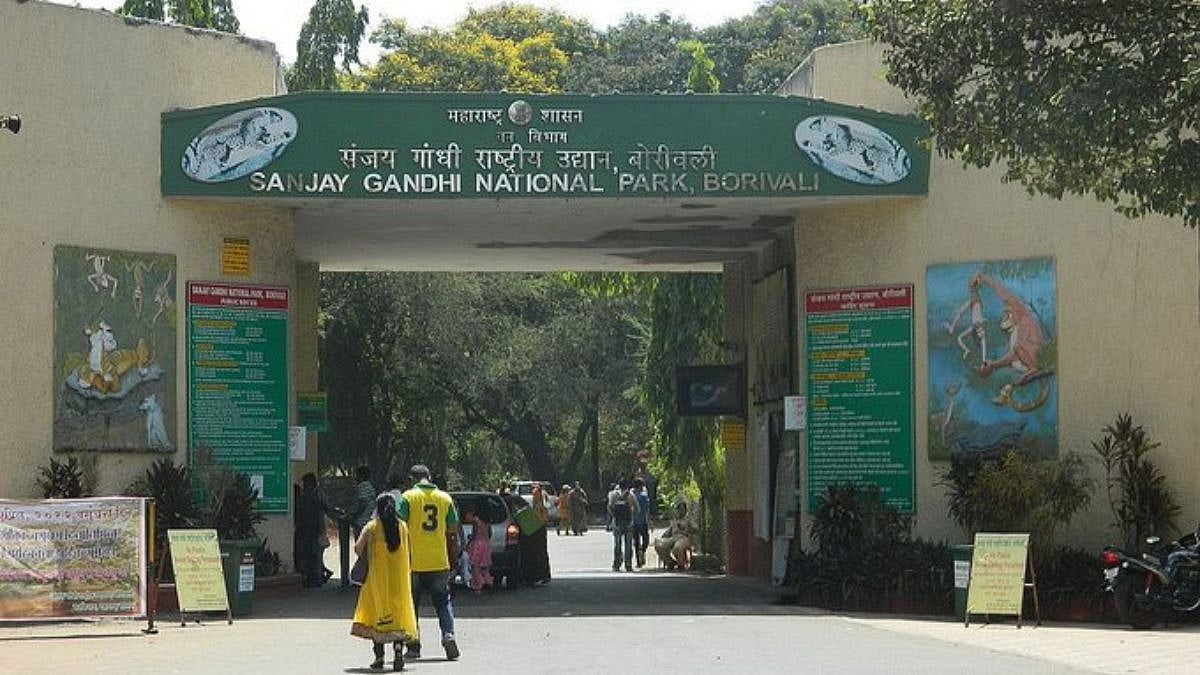The movie My Fair Lady has this diatribe from the irascible Professor Higgins at the outset: Why can’t the English teach their children how to speak? Prof Higgins was lucky he had only British dialects to contend with. Had the good professor, like his friend Colonel Pickering, spent time in India, he would have been at his wits’ end dealing with the multiple languages used in the subcontinent, not to mention the over 1,000 dialects employed in day-to-day conversation among its inhabitants.
The Eighth Schedule of the Constitution of India lists 22 languages spoken in different states of India, most of which serve as official languages of those states. While the Constitution specifies Hindi (in the Devanagari script) as the official language of the Union (i.e., at the level of the Central Government), the Official Languages Act allows for the continued use of English for all official purposes of the Union. Keeping in mind the sensitivities of non-Hindi-speaking states, the Constitution gives powers to the Legislature of a state to determine the language to be used for official purposes, with the additional safeguard that English will continue to be used for official purposes in that state unless modified by the Legislature.
The recent submission of the eleventh volume of the report of the parliamentary Official Language Committee to the President of India on the use of Hindi has ruffled feathers, especially in Tamil Nadu and Kerala. Apprehensions about the imposition of Hindi on non-Hindi-speaking states are probably misplaced, since the Official Languages Act provides safeguards for the continued use of English as was the practice before the Act came into force.
However, misgivings over the perceived zeal of Hindi enthusiasts to enforce its use as the link language across the country arise from the failure to promote the use of Hindi in a voluntary manner. The best example of this is the Dakshin Bharat Hindi Prachar Sabha established in Chennai in 1918 by Mahatma Gandhi. My mother (and others of her generation of school-goers) in Tamil Nadu gained excellent command of Hindi thanks to the Sabha’s efforts. What was significant about this in a state which has shunned the adoption of Hindi since 1966 was the enthusiasm in Tamil girls and boys to learn a language that not many who were not expected to move north were likely to use in the future. The unexpected spinoff came when large numbers of Tamilians moved to Delhi in the post-Independence period to take up jobs in the Central Secretariat of the Government of India; their knowledge of Hindi proved useful in living and working in Delhi.
A second reason for the Southern suspicion of the motives for making Hindi the primary language of communication between states is the failure of Hindi-speaking states to implement the three-language formula enunciated in the 1968 National Policy on Education, which unequivocally stated “At the secondary stage, state governments should adopt and vigorously implement the three-language formula, which includes the study of a modern Indian language, preferably one of the Southern languages, apart from Hindi and English in the Hindi-speaking states, and of Hindi, along with the regional language and English, in the non-Hindi-speaking states.” By ignoring this recommendation in letter and spirit, the Governments of Hindi-speaking states and the Union Government failed to assuage the sentiments of the people of non-Hindi-speaking states, especially in the South. In effect, persons from non-Hindi-speaking states who are taught Hindi have to master three linguistic scripts while those from Hindi-speaking states have to master just two, placing the former at a disadvantage.
The fears of Hindi receiving short shrift in relation to English are groundless. Of course, parents prefer education in the English medium because of the wider job opportunities open to their children. But Hindi will never lose its soft power, thanks to cinema and to the fact that nearly half the population of India has Hindi as its mother tongue. Salman and Shah Rukh Khan’s appeal extends as much to their fans in Bengaluru and Bhubaneswar as to their fan base in Patna and Delhi, not to mention the popularity of Hindi-speaking actresses in the Southern film industry. The increasing movement of people in India in all directions also ensures that non-Hindi-speaking populations pick up a working knowledge of Hindi to manage their interactions in Hindi-speaking areas.
It is time to give up this fetish for a ‘one nation, one language’ formula. This preoccupation with a single national language is out of synch with a nation (and a world) that is increasingly without borders. Waves of inter-state migration over the past five decades, especially to the more developed western and southern regions of India, have seen migrants acquiring language skills of the state they work and settle in, be they Marwari businessmen setting up shop in other states or all-India service officers allotted to different states. If Hindi-speaking states become ‘migration-pull’ states because of economic growth, leading to increased job opportunities there, demand for learning Hindi in non-Hindi-speaking states will see an increase.
Till this happens, what is the best course of action? I do not see any possibility in the near future of Hindi-speaking states opting for the teaching of a non-Devanagari-script language as the third language in their schools. Governments would, therefore, be well advised to stick to the teaching of English and the regional language in the respective states, with the option of adding Hindi or any other Eighth Schedule language as the third language. Correspondence between the Union and states can continue in Hindi or English, according to the wish of each state. India is still in the process of resolving issues relating to religion, caste and ethnicity among her people. It is best not to raise the issue of language till a broad consensus is built.
The writer is a retired IAS officer of the Maharashtra cadre.









